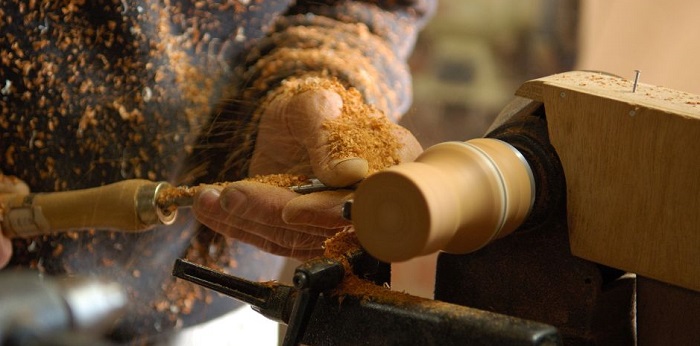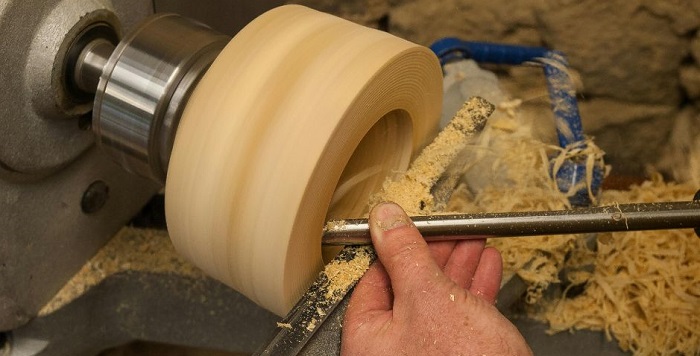
Wood turning in Scotland is a time-honored craft that marries tradition with innovation, producing exquisite turned objects that reflect the country’s rich cultural heritage and natural beauty. From humble beginnings as functional items to modern works of art, wood turning has evolved into a cherished form of expression, practiced by skilled artisans across the nation.
The history of wood turning in Scotland dates back centuries, with evidence of turned wooden objects found in archaeological sites throughout the country. Early Scottish craftsmen utilized simple tools such as the lathe and chisel to shape wood into practical items like bowls, spindles, and tool handles. These objects served essential roles in everyday life, demonstrating the utilitarian nature of wood turning in Scottish society.
As Scotland’s economy and society developed, so too did the art of wood turning. During the medieval period, skilled turners were in high demand, producing ornate architectural features, furniture components, and decorative items for churches, castles, and wealthy patrons. The turning lathe became an indispensable tool in the workshops of craftsmen, enabling them to create intricate designs and embellishments with precision and finesse.
One of the most significant advancements in Scottish wood turning occurred during the Industrial Revolution. Innovations in machinery and technology revolutionized the craft, allowing for mass production of turned objects on a scale previously unimaginable. While this period saw a decline in traditional handcrafted items, it also paved the way for new techniques and styles to emerge, shaping the future of wood turning in Scotland.
In the modern era, wood turning has experienced a resurgence as artisans rediscover the beauty and versatility of the craft. Traditional techniques are combined with contemporary design sensibilities, resulting in a diverse array of turned objects that range from functional to purely decorative. Scottish wood turners embrace a wide variety of wood species, each chosen for its unique grain patterns, colors, and textures, which add depth and character to their creations.

One notable aspect of wood turning in Scotland is its close connection to the natural landscape. Many turners source their materials from local woodlands, selecting fallen or sustainably harvested timber to minimize environmental impact. This emphasis on sustainability not only preserves Scotland’s forests but also imbues each turned object with a sense of place and authenticity, reflecting the unique characteristics of the region’s flora.
Scottish wood turners are renowned for their technical skill and artistic vision, pushing the boundaries of the craft to new heights. Whether turning delicate spindle work, intricate hollow forms, or massive bowls and platters, these artisans approach their craft with dedication and passion, striving to create objects that inspire and delight.
In addition to individual practitioners, wood turning in Scotland is supported by a vibrant community of enthusiasts, clubs, and organizations. These groups provide opportunities for education, collaboration, and exhibition, fostering a sense of camaraderie among turners and promoting the appreciation of the craft within the wider community.
Looking ahead, the future of wood turning in Scotland appears bright, with a new generation of artisans poised to carry the tradition forward. As technology continues to evolve and society places greater emphasis on sustainability and craftsmanship, wood turning will remain a cherished art form, preserving the legacy of Scotland’s rich cultural heritage for generations to come.
